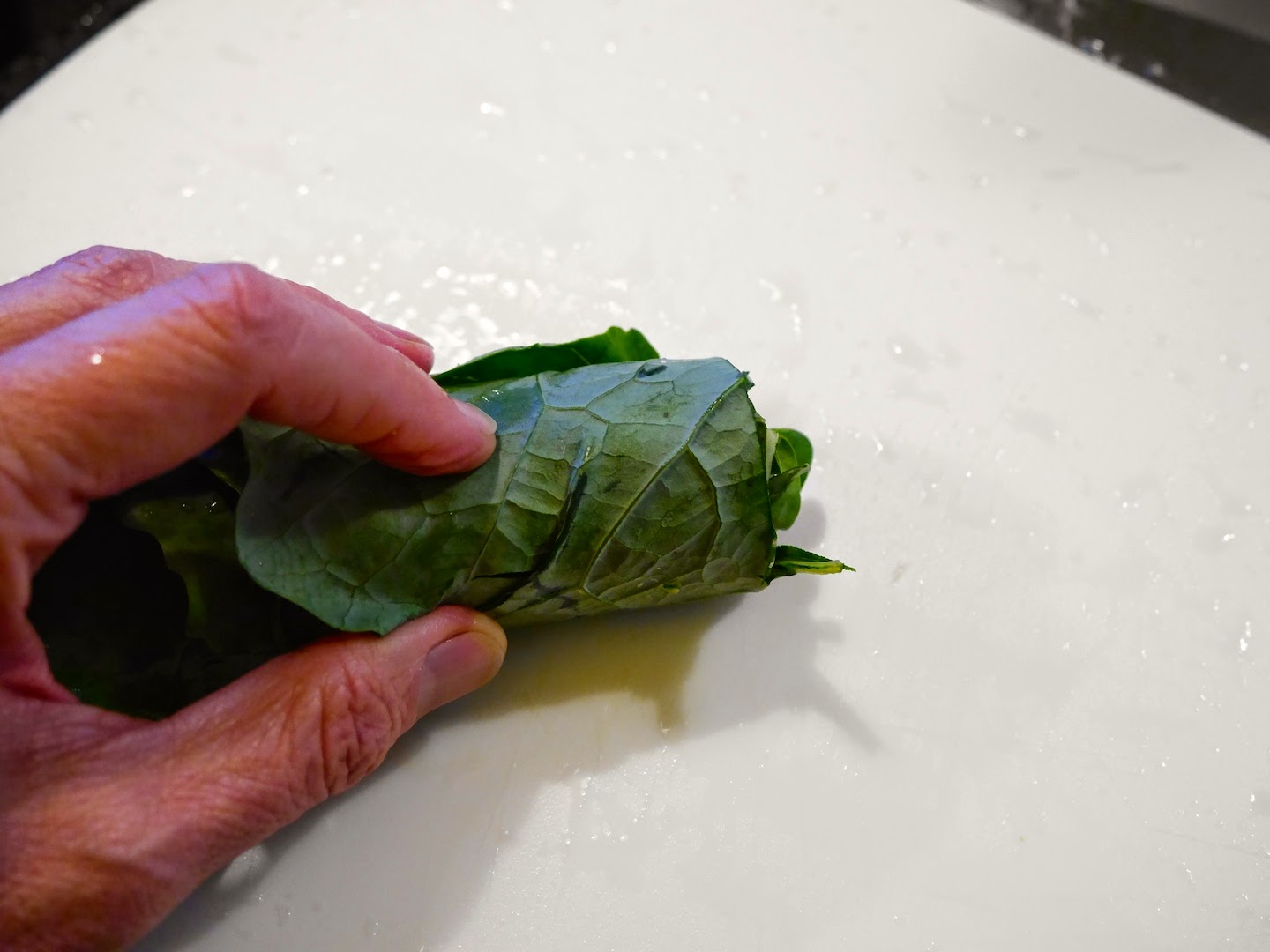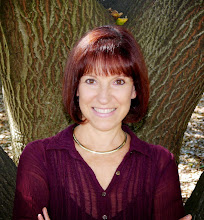 |
| Romesco sauce with almonds, peppers, and tomatoes. Follow Foods For Long Life on Facebook and Pinterest. My ebook, Health Begins in the Kitchen, is available on Amazon and iTunes. |
Romesco
This thick, tasty Catalan sauce can be made with various nuts and red bell peppers. I love it with raw almonds because they are such a great natural source of vitamin E. Vitamin E prevents oxidative stress and protects against heart disease, cognitive decline, cancer, cataracts and macular degeneration. It also helps supports the body's immune system. You cannot get too much vitamin E from food but you can over supplement which could lead to excess thinning of the blood and hemorrhage. So each your almonds and put away those supplements!
Although most recipes toast the almonds, I shy away from roasting any type of nuts as it can damage and alter their polyunsaturated fats.
Romesco sauce is traditionally served with seafood and meats, but it's also wonderful on veggies and as a dip. I recently served this at a tapas and sangria party along with warm focaccia.
* * *
Romesco Sauce
Vegan, Gluten Free (if made with gluten-free bread)
[makes eight (1/4 cup) servings]
Requires a food processor, such as a Cuisinart
2 Italian Roma tomatoes (or 1 large tomato)
4 cloves garlic, peeled
1/2 cup raw almonds
1 large slice crusty bread (or gluten free)
2 roasted red peppers (1 cup)
2 tablespoons red wine vinegar
2 tablespoons extra virgin olive oil plus some for greasing pan
2 tablespoons cold-pressed hemp oil
3/4 teaspoons salt
1 teaspoon mild pimenton (smoked paprika)
pinch or two cayenne pepper
Preheat the oven to 400 degrees F.
Slice the tomatoes in quarters and place them in a slightly greased, small roasting pan with the garlic cloves. Place in the oven and roast until soft, about 30 to 40 minutes.
 |
| Tomatoes and garlic before and after roasting. |
Place the almonds in a food processor with an S blade and process them until they are ground.
 |
| Processing the almonds until ground. |
Lightly toast the bread. If you want the recipe to be gluten free, use gluten-free bread.
Rinse the jarred roasted red peppers and pat dry. Add them, along with the roasted tomatoes and garlic, to the food processor.
Mix the vinegar, oils, salt, smoked paprika, and cayenne in a small cup and stir until well combined.
Process the roasted red pepper and tomatoes with the almond and bread mixture until it starts to combine. Through the top shoot, slowly drizzle in the vinegar and oil mixture. Process until combined.
Per 1/4 cup serving: 131 calories, 11 g fat, 1 g total fat, 0 mg cholesterol, 536 mg omega-3 and 3,516 mg omega-6 fatty acids, 3 g protein, 6 g carbohydrate, 2 g dietary fiber, and 391 mg sodium.















.jpg)






























